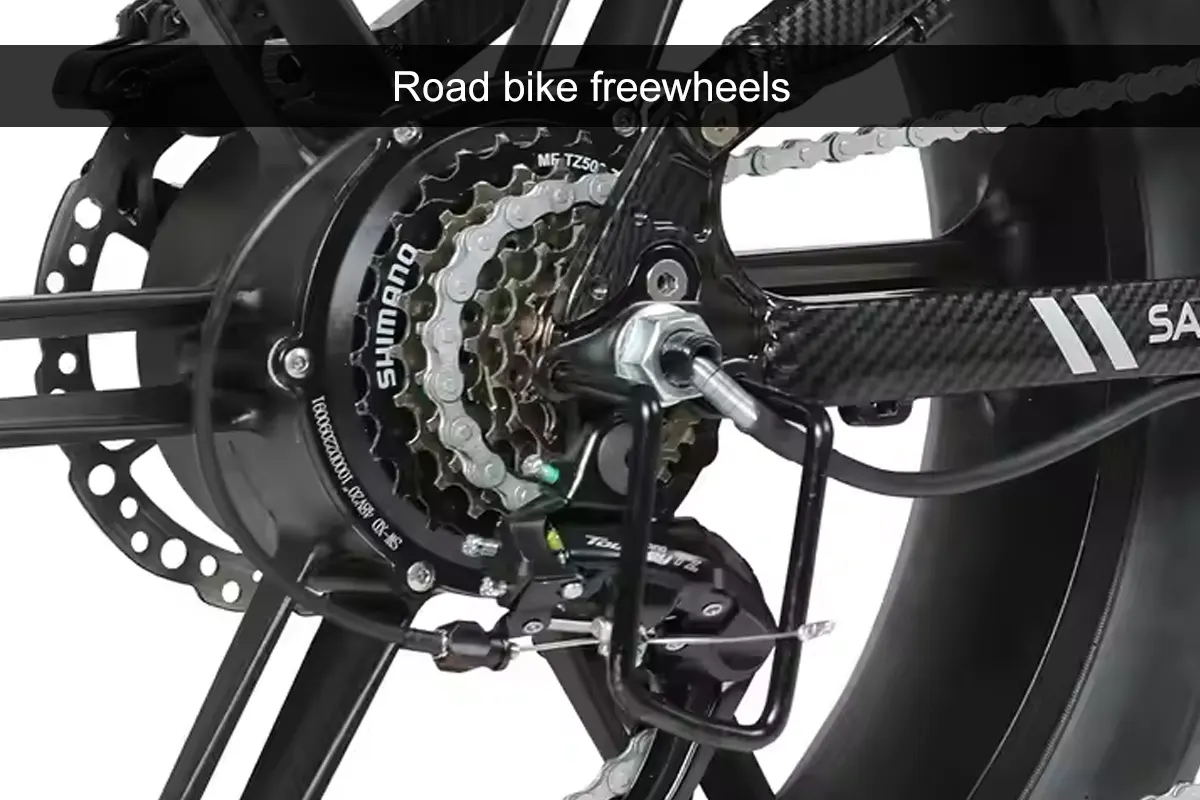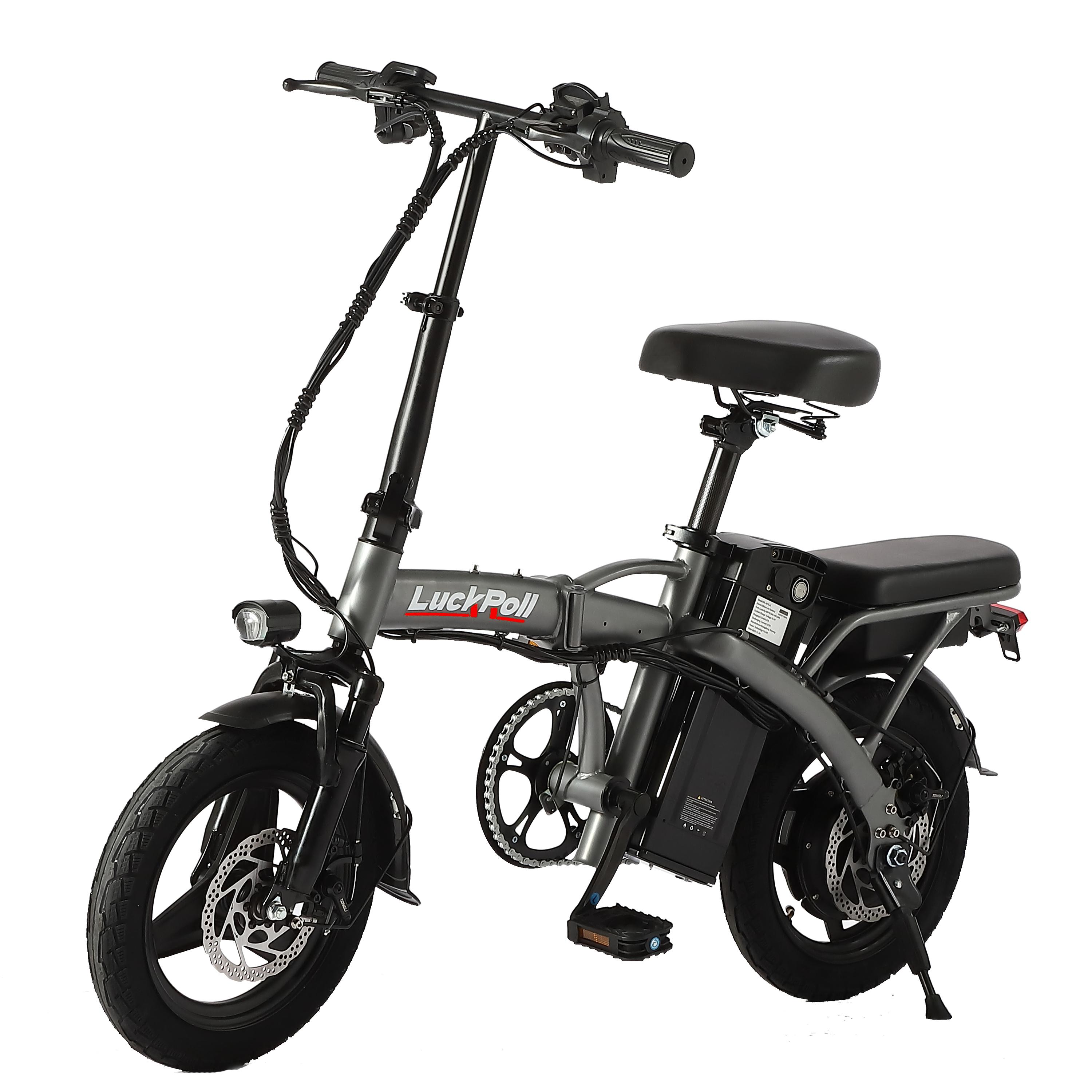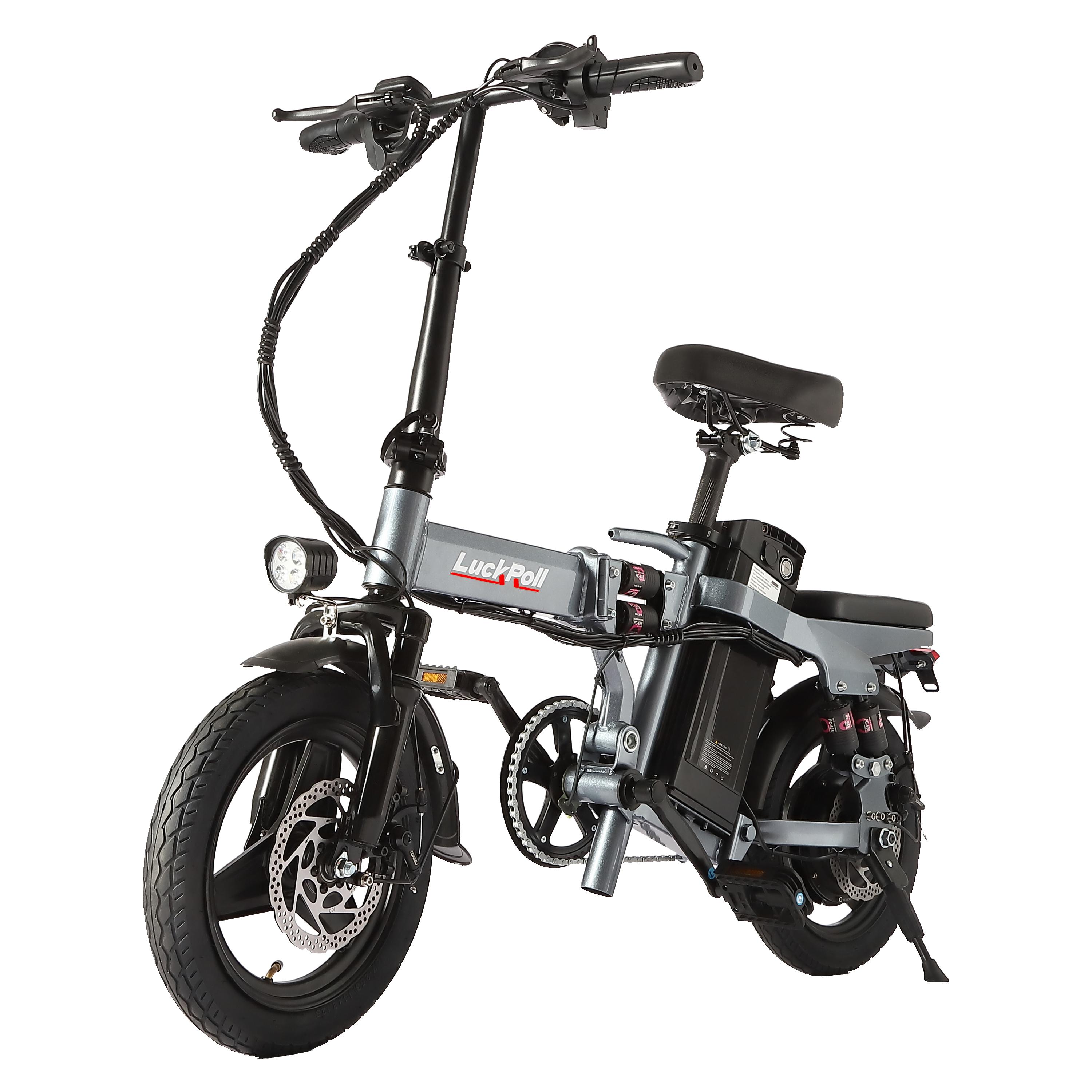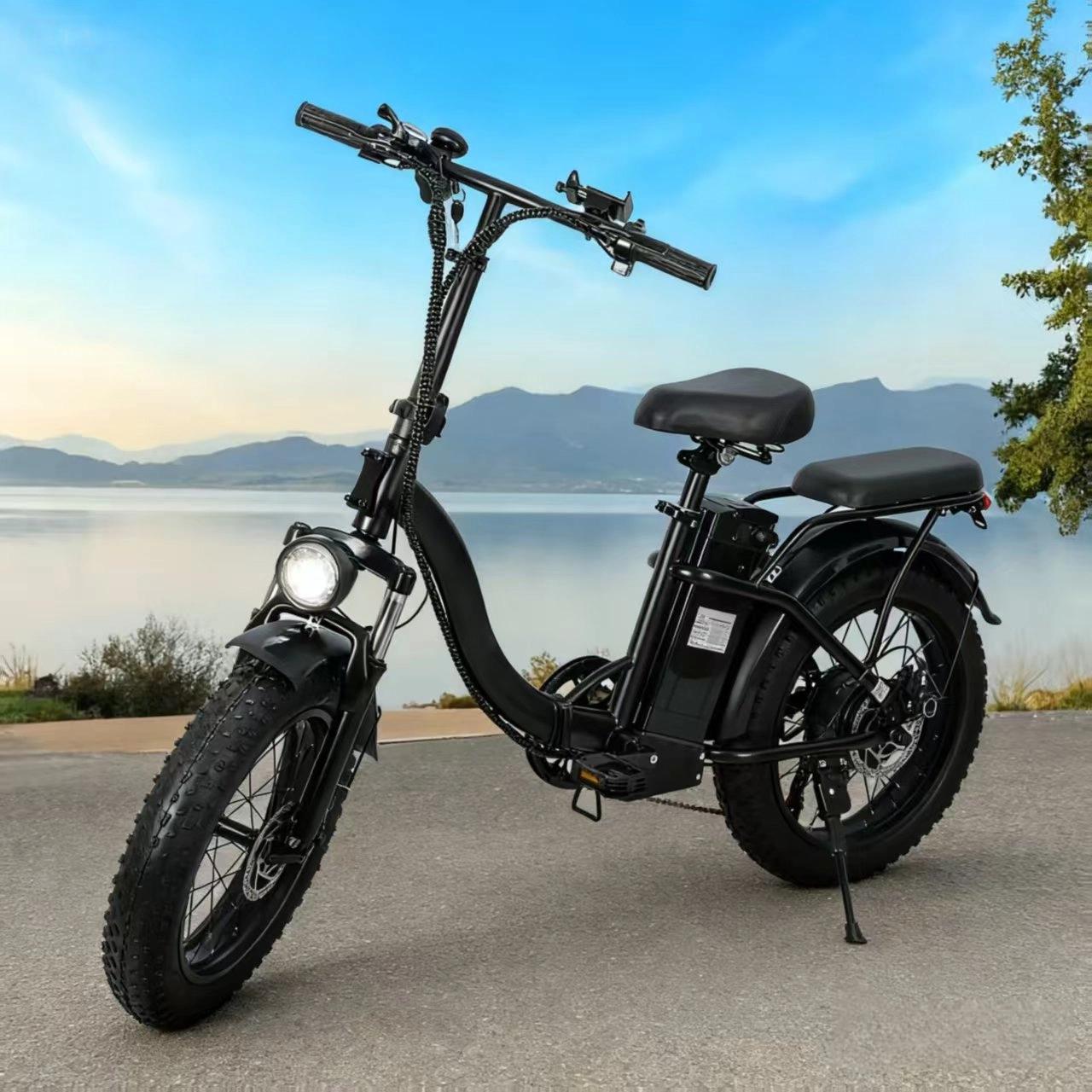
Beginner’s guide to freewheel bike – best and comprehensive
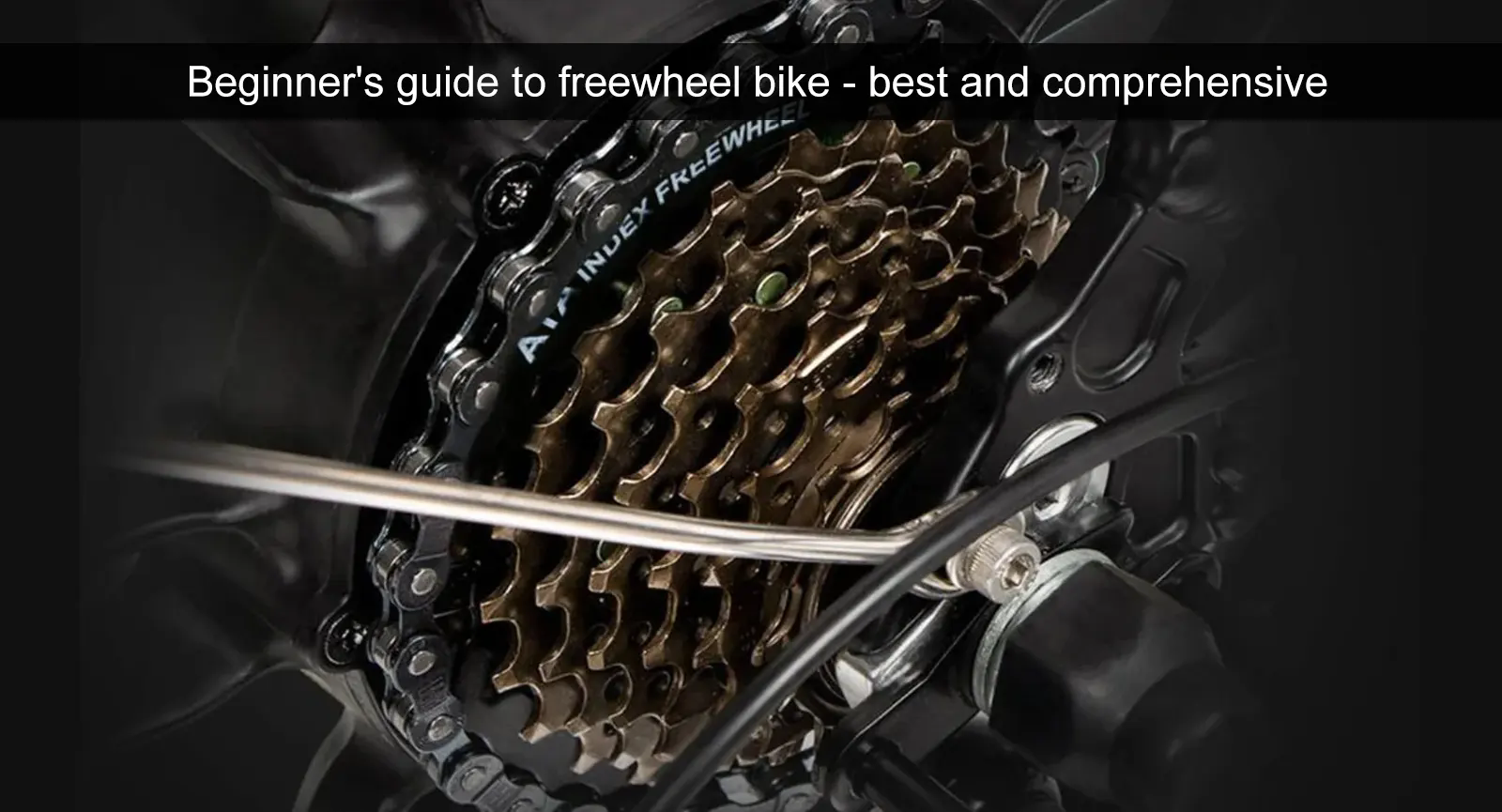
Here’s everything you want to know about freewheel bike, including how they work, gear ratio selection, materials, and more.
The vast majority of modern bicycles, whether mountain bikes, road bikes, or hybrid bikes, come equipped with a bike derailleur. The rear derailleur moves your chain up or down onto a set of freewheel cogs installed on the rear hub of your bike. These cogs (also known as gears or sprockets) make up your freewheel.
Freewheels come in various sizes to suit different purposes. The size of the freewheel is typically indicated by referencing the smallest and largest cog teeth counts. For example, a typical modern road bike freewheel might be an 11-32t (teeth) freewheel. For mountain bikes, the range could be 10-52t.
In this article, we’ll introduce what a freewheel is, how to identify its “speed,” explain typical gear ranges for different cycling areas, compare the main differences between low-cost and high-end freewheels, and more.

What is a freewheel?
A freewheel is a crucial part of most bicycle drivetrains. While it seems simple, a bicycle freewheel involves a lot of engineering. The multiple cogs within the freewheel are not just a set of gears but are designed to work together as a whole.
The individual cogs are precisely positioned to ensure the chain shifts smoothly between gears. The shape of each tooth on the cogs varies, and the sides of the cogs typically have ramps to assist with smooth transitions between gears. These shifting ramps are the result of years of refinement.
For example, Shimano uses a system called Hyperglide, designed to offer smooth shifting experiences. Their latest freewheels have been updated with Hyperglide+. According to Shimano, this system reduces shift time by a third and improves shifting performance under high loads compared to Hyperglide.
Other freewheel suppliers like SRAM and Campagnolo also have designs with similar functionality.
Freewheels are usually replaced as a whole. Since they are designed as a complete system, the cogs are sold as a set rather than individually. In most cases, you cannot just swap one cog for another with a different number of teeth, as it could affect shifting performance.
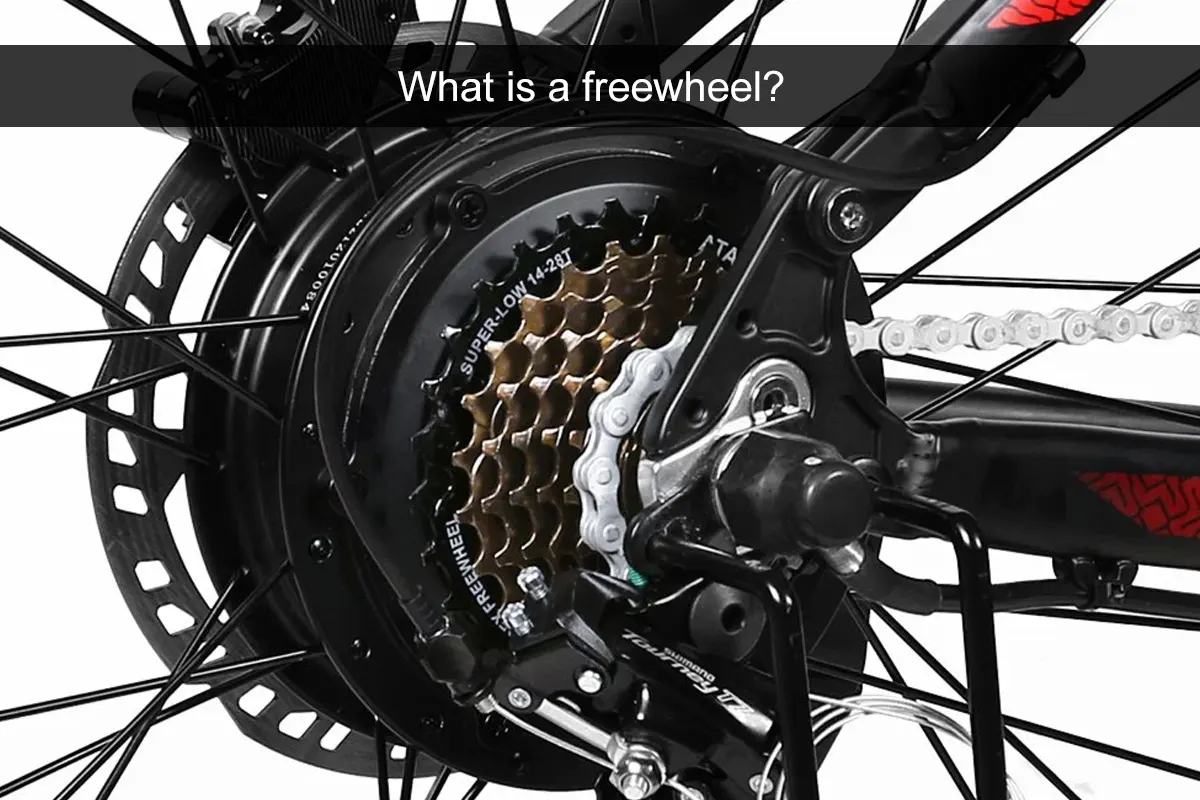
What is my freewheel's "speed"?
Freewheels can range from 7 to 13 cogs. Nowadays, it’s becoming more common to see high-end road bikes equipped with 12-speed drivetrains. After SRAM and Campagnolo both entered the 12-speed era, Shimano also joined the 12-speed road bike club in 2021 with its Dura-Ace Di2 R9200 group set.
For mountain bikes, a 12-speed freewheel is largely the default for mid-to-high-end setups, often paired with a single-chainring crankset. The number of cogs on your freewheel must match the speed rating of the other components. This is because almost all shifting systems are index-based, meaning the derailleur is designed to move a set distance with each shift.
Therefore, it won’t work with freewheels that have a different number of cogs because freewheels with more cogs have narrower chain spacing. The width of the chain must also match the number of cogs.
Generally, lower-end groupsets offer fewer gear ratios, and thus fewer cogs. However, there are exceptions: SRAM’s X01 DH and GX DH downhill mountain bike groupsets use a 7-speed freewheel compatible with an 11-speed chain. Fewer speeds allow for closer gear ratios per shift, which is better suited for bikes that don’t require climbing ability.
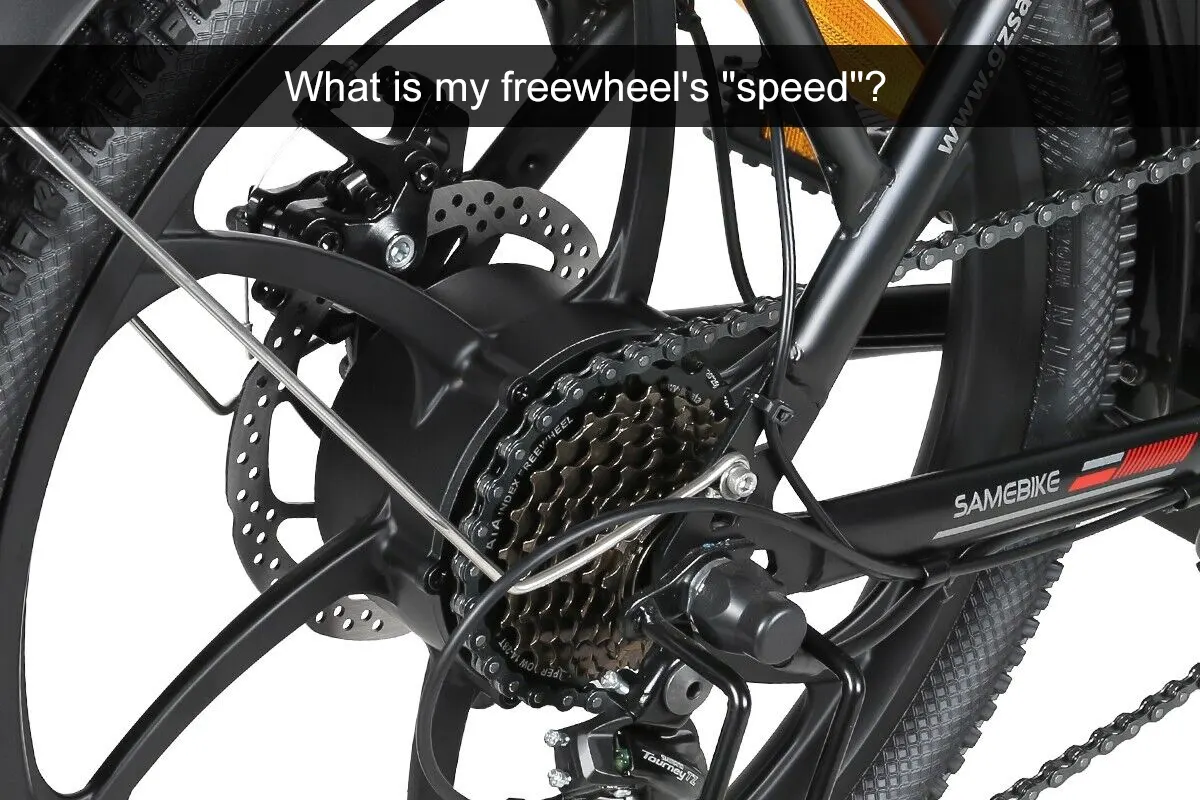
Gear ratios
In addition to the number of cogs, the range of teeth offered is a key determinant of compatibility between your freewheel and your drivetrain. Generally, freewheels start with 10, 11, or 12 teeth.
There are exceptions, with some options offering a 9, 13, or 14-tooth smallest cog. You may also see brands represent their freewheels’ range in terms of percentage.
For example, SRAM’s 10-52t freewheel offers a 520% gear range. How did SRAM arrive at this number? How do you calculate your gear range percentage?
Simply put, the smallest cog has 10 teeth, and the largest cog has 52 teeth, which is 520% of the 10-tooth gear. Therefore, the gear range is 520%. It’s important to note that this number only represents the gear range on the freewheel and doesn’t necessarily indicate that the same percentage will translate into riding distance.
It also won’t tell you if it’s suitable for your riding style. For that, you need to calculate the actual bicycle gear ratios, which is another topic altogether.
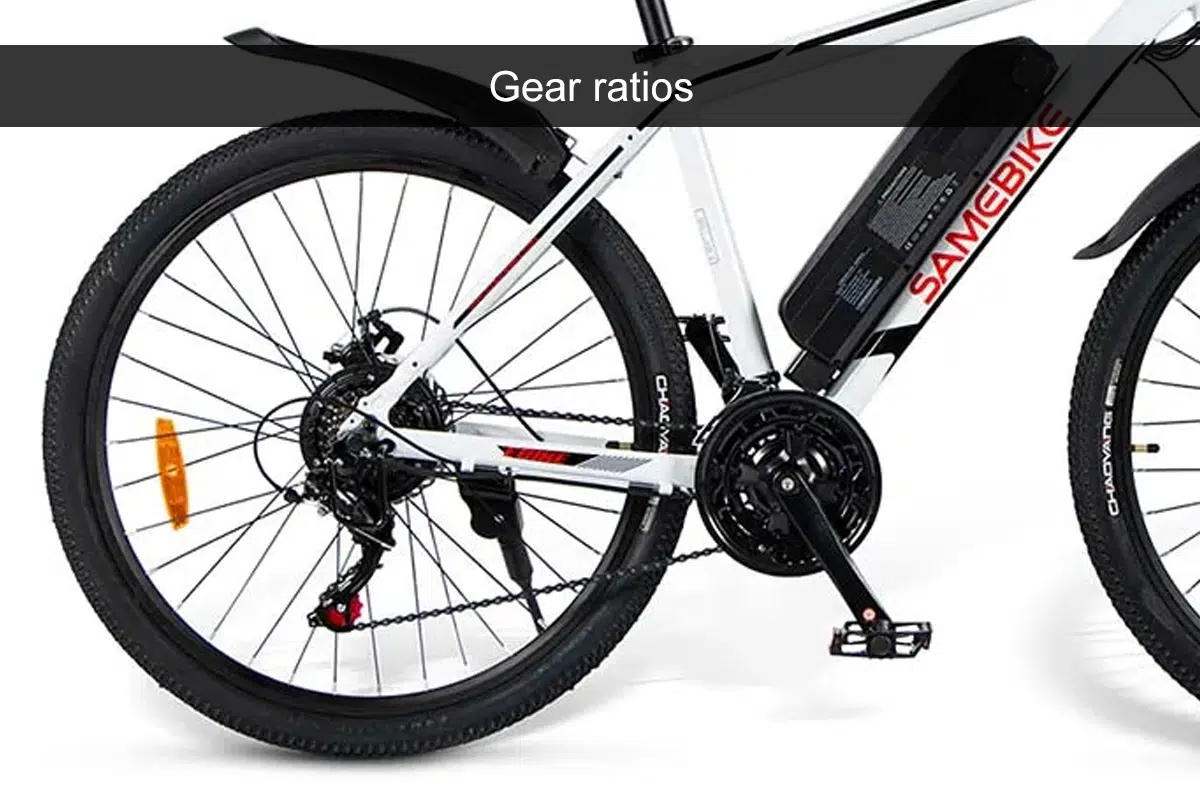
Road bike freewheels
In recent years, road bike freewheels have rapidly increased in size. A few years ago, an 11-28 was considered a “low-resistance” training freewheel, but now Shimano’s Dura-Ace R9200 offers 11-28 as the smallest option.
This may not sound like much, but considering that professional riders used to typically ride with 11-23 or 11-25 freewheels, this is a significant change.
This shift has been driven by the increase in freewheel speeds.
With 12-speed road bike groupsets now available, freewheels can have a wider range, while keeping the difference between each gear relatively small. For example, the smaller end of the freewheel might only differ by one tooth per shift, while the larger end will have greater jumps between cogs.
If you switched to a 7-speed or 8-speed freewheel but kept the same range, the gap between each gear would be larger.
Moreover, the industry’s attitude toward gearing has changed – grinding out big gears at low cadences is no longer seen as a sign of strength, much to the relief of our knees.
When Shimano and Campagnolo transitioned to 12-speed, they stuck with their existing gear ratios and used the extra cog to smooth out the gaps between the larger gears, so each shift feels closer. SRAM, however, took a different route (which we’ll explain shortly).
Shimano offers 11-28, 11-30, and 11-34 options with its latest R9200 groupset. These ratios were also available in Shimano’s 11-speed setups, though the Dura-Ace R9100 didn’t have the 11-34 option. Campagnolo offers an 11-29 option for all of its 12-speed groupsets, which was the largest freewheel available in its 11-speed range.
Now, the Italian brand offers an 11-32 option across the board. There’s also an 11-34 freewheel, but it’s only available for the Chorus-level groupset and supports only the Chorus rear derailleur.
Unlike Shimano and Campagnolo, SRAM revolutionized traditional gear ratios with its latest 12-speed AXS groupsets. They added a 12th cog to increase the gear range. SRAM road freewheels start with a smaller 10-tooth cog (requiring the use of an XDR freehub, which we’ll cover later).
SRAM also modified its chainring sizes, making them smaller than conventional sizes, offering 50/37 (only for Red), 48/35, and 46/33. By comparison, traditional chainring sizes are 53/39, 52/36, and 50/34. SRAM freewheels are available in 10-28 (Force and Red only), 10-30, 10-33, and 10-36.
